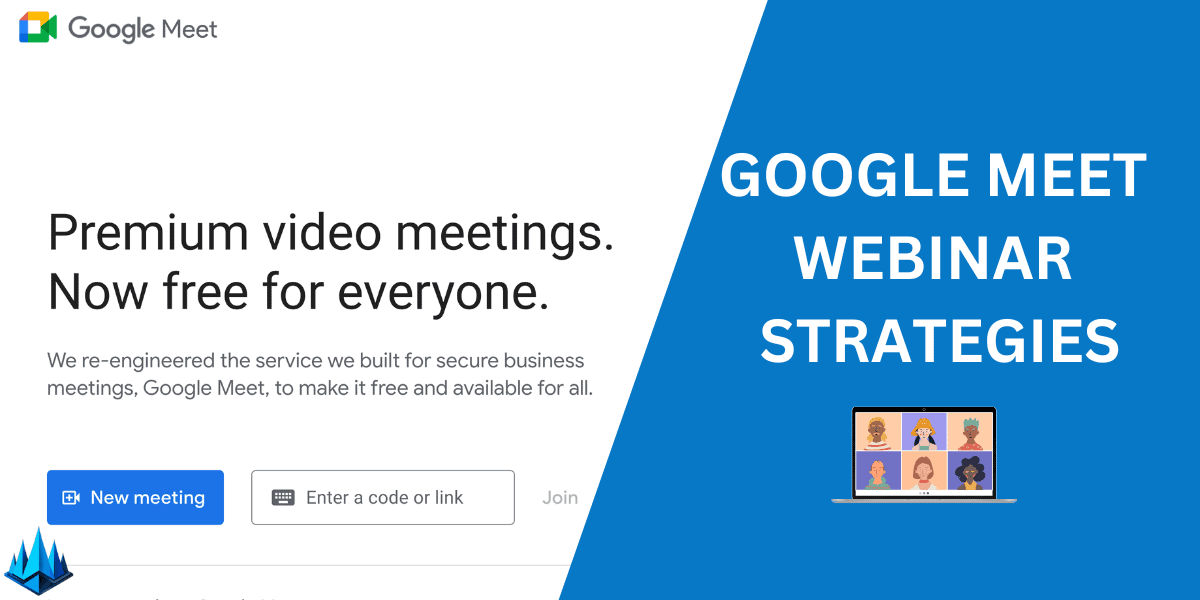Have you ever found yourself questioning the efficiency of traditional face-to-face meetings? In today’s fast-paced world, the need for more flexible and time-saving communication methods is more critical than ever. Long commutes, scheduling conflicts, and the inefficiency of traditional meetings can hinder productivity and collaboration.
Imagine missing an essential discussion because you’re stuck in traffic or frustrated when key members can’t attend due to conflicting schedules. It’s not just about convenience; it’s about effectiveness. The traditional meeting setup is increasingly becoming a barrier to the dynamic needs of modern businesses and global teams.
Enter the world of virtual meetings. What is a virtual meeting, you ask? It’s a game-changer, a digital solution that allows you to connect, collaborate, and communicate with anyone, anywhere, at any time. This innovation is reshaping how we think about meetings and collaboration, making them more accessible, cost-effective, and efficient than ever before.
Key Takeaways
- Understanding Virtual Meetings: Grasp the essence of a virtual meeting and its functions.
- Importance in Today’s World: Discover why virtual meetings have become indispensable in modern business and personal communication.
- Efficiency and Accessibility: Learn how these meetings make collaboration more efficient and accessible for everyone, regardless of location.
What is a Virtual Meeting?
What is a virtual meeting? It’s a question that resonates strongly in today’s interconnected world. A virtual conference gathers individuals in different locations using video, audio, and collaborative tools to communicate in real time. This innovative meeting approach has become increasingly vital, especially as remote work and global collaboration continue to rise.
Pros of Virtual Meetings:
- Accessibility: Participants can join from anywhere, breaking down geographical barriers.
- Cost-Effective: Reduces travel expenses and time spent on commuting.
- Flexibility: Scheduling becomes more manageable, accommodating different time zones.
- Increased Productivity: Quick setup and efficient time use often lead to more focused discussions.
- Recordability: Sessions can be recorded for future reference or for those who couldn’t attend live.
- Tech Integration: Allows the use of digital tools for collaboration and engagement.
These advantages highlight why virtual meetings are a technological advancement and a paradigm shift in how we communicate and work together.
Mastering Virtual Meetings for Career Success
In today’s digitally-driven professional landscape, mastering virtual meetings is an added skill and a cornerstone for career advancement.
The ability to effectively navigate and conduct these digital discussions is pivotal in a world where remote work and global collaboration are the norms.
The nuances of a successful virtual meeting encompass technical proficiency and an understanding of virtual etiquette and communication dynamics.
This skill set is crucial for anyone looking to lead, collaborate, or make an impact in their professional sphere. Similarly, knowing how to do a webinar effectively is equally important.
Webinars, often a key component of virtual meetings, require unique skills to engage and inform an audience, manage real-time interactions, and deliver compelling content.
Whether you’re a seasoned professional or just starting, honing these skills can significantly enhance your ability to connect with colleagues, clients, and stakeholders, ultimately propelling your career forward in this digital era.
Best Virtual Meeting Platforms in 2024
When exploring the best virtual meeting platforms, it’s essential to consider how these digital arenas have revolutionized communication. In 2024, the landscape teems with options, each offering unique features tailored to diverse needs.
The best platforms stand out by providing seamless, user-friendly experiences advanced functionalities like AI-powered assistance, real-time translation, and high-quality video and audio. They cater not just to businesses but also to educators, healthcare professionals, and even casual users.
Among these platforms, some names have risen to the top due to their reliability, security, and innovative features that enhance virtual collaboration.
These leading platforms have redefined the standards for virtual meetings, offering tools that promote engagement, productivity, and inclusivity.
Choosing the right platform allows you to transform a simple online meeting into a dynamic, interactive session that bridges the gap between physical and digital communication spaces.
Top Automated Webinar Platforms
To find the best-automated webinar platform, it’s crucial to focus on features that streamline and enhance the experience.
The ideal automated platform should offer a blend of user-friendliness, robust functionality, and flexibility. What sets the best-automated webinar platform apart is its ability to handle tasks like scheduling, attendee registration, follow-up communications, and content delivery with minimal manual intervention.
These platforms typically come equipped with real-time audience engagement tools, performance tracking analytics, and customization options to reflect your brand.
Moreover, they provide seamless integration with various marketing tools and CRM systems, making them invaluable assets for businesses looking to expand their reach and engage with their audience effectively.
In 2024, these platforms are not just about delivering content but about creating an immersive and interactive experience that resonates with attendees and drives meaningful results.
Difference Between Webcast vs Webinar
When delving into the digital realm of online events, understanding the distinction between a webcast vs webinar is crucial. While both are powerful tools in the arsenal of digital communication, they serve different purposes and audiences.
A webinar is typically an interactive session for smaller, more engaged audiences. It allows for real-time interaction, often including Q&A sessions, polls, and collaborative discussions.
On the other hand, a webcast is more akin to a broadcast designed to reach a more extensive, potentially global audience. It’s less about interaction and more about disseminating information efficiently.
Webcasts are often used for large-scale events like corporate announcements or educational lectures, where the primary goal is content delivery rather than audience participation.
Understanding these differences is key when deciding which format best suits your needs, whether it’s the intimate, interactive nature of webinars or the broad reach and streamlined delivery of webcasts.
Final Thoughts
In conclusion, grasping what a virtual meeting entails goes beyond digital communication basics. It represents a pivotal shift in connecting, collaborating, and conducting business in a rapidly evolving digital landscape.
Virtual meetings have broken down geographical barriers, offering a platform for real-time interaction regardless of physical location. They have become an indispensable tool in the arsenal of modern businesses, educators, and even social groups.
Hosting or participating in a virtual meeting effectively is now a crucial skill that reflects the agility and adaptability required in today’s world.
These meetings aren’t just about connecting faces on a screen; they’re about fostering genuine engagement, facilitating productive collaboration, and building bridges in a digital world.
As we move forward, the significance of virtual meetings will only grow, making their mastery a critical factor in professional and personal success.











